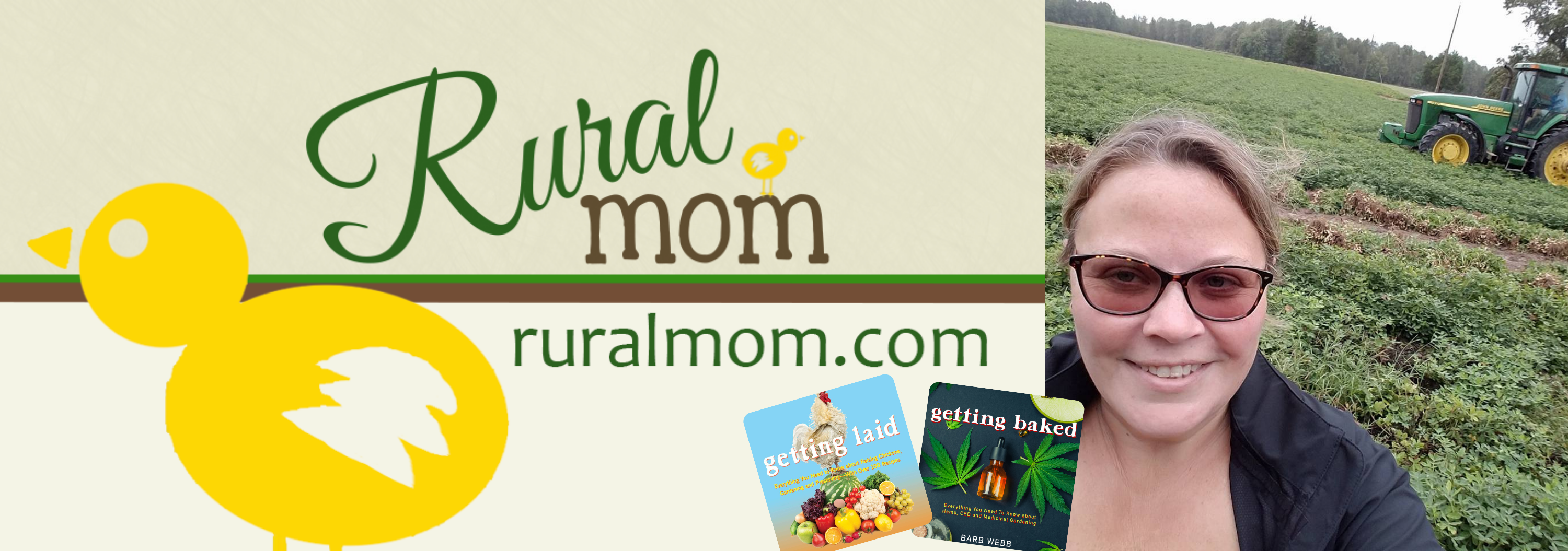Some rural properties are brand new. Many aren’t. For this reason, while it’s not a hard and fast rule, it’s generally considered wise to inspect a rural property more deeply. It may not have had the upkeep and modernization efforts invested into it as some suburban or urban residential properties.
Inspecting thoroughly means you’ll know exactly what you’re getting into when moving into the countryside. A wonderful decision to be sure, but not one to make lightly.
It’s not too presumptive to suggest that many rural properties need our focus, attention and care. Being prepared for that is important. What investments do almost all rural properties need? What issues are worth budgeting for, even if it doesn’t seem necessary to begin with?
These are the base questions to ask. Let’s dig deeper!
Water Management
Rural properties often need more attention to their water systems than city homes. A good well may be necessary. Knowing how your water system works is pretty important. Regular water testing helps catch any issues early. It’s also smart to have a backup plan like a rainwater tank, just in case.
As for sewage, most rural homes use septic systems instead of being connected to town sewers. This need looking after, but it’s not as scary or gross as it sounds. Many are installed under the ground. Getting them checked every few years and knowing what not to flush helps them last longer. Some people mark their calendar to remind them when to schedule maintenance. This is smarter than waiting for problems to show up, especially if there’s more than one property connected to it.
HVAC
Heating and cooling work differently in the countryside, not only because you’re most exposed to the elements, but the old options may not be fit for purposes. Many older rural houses rely on various heating methods patched together over the years. You might find a wood stove in one room, electric baseboards in another, and maybe an old furnace in the basement. Getting this sorted out early makes life much more comfortable, and we’d recommend a reliable HVAC company to give you a more customized solution.
Insulation
Just like heating, older rural properties can have patchwork insulation solutions, like newspapers stuffed in the walls from decades ago. You may find might find gaps big enough for a cat to get through. Getting proper insulation invested in can be pricy, but makes a massive difference to both your comfort and energy bills.
Starting with the attic usually gives the best results since heat rises. Some rural homeowners tackle this room by room as their budget allows but with the same focus to outfitting. The basement or crawl space matters then become a matter of priority, especially for keeping pipes from freezing in winter. Be prepared to invest in this.
With this advice, we hope you can keep a focused mind despite the age of the rural property you’re considering.
Discover more from Rural Mom
Subscribe to get the latest posts sent to your email.




Pingback: Oh No! A Tree Is Falling Down - What Should You Do? Rural Mom